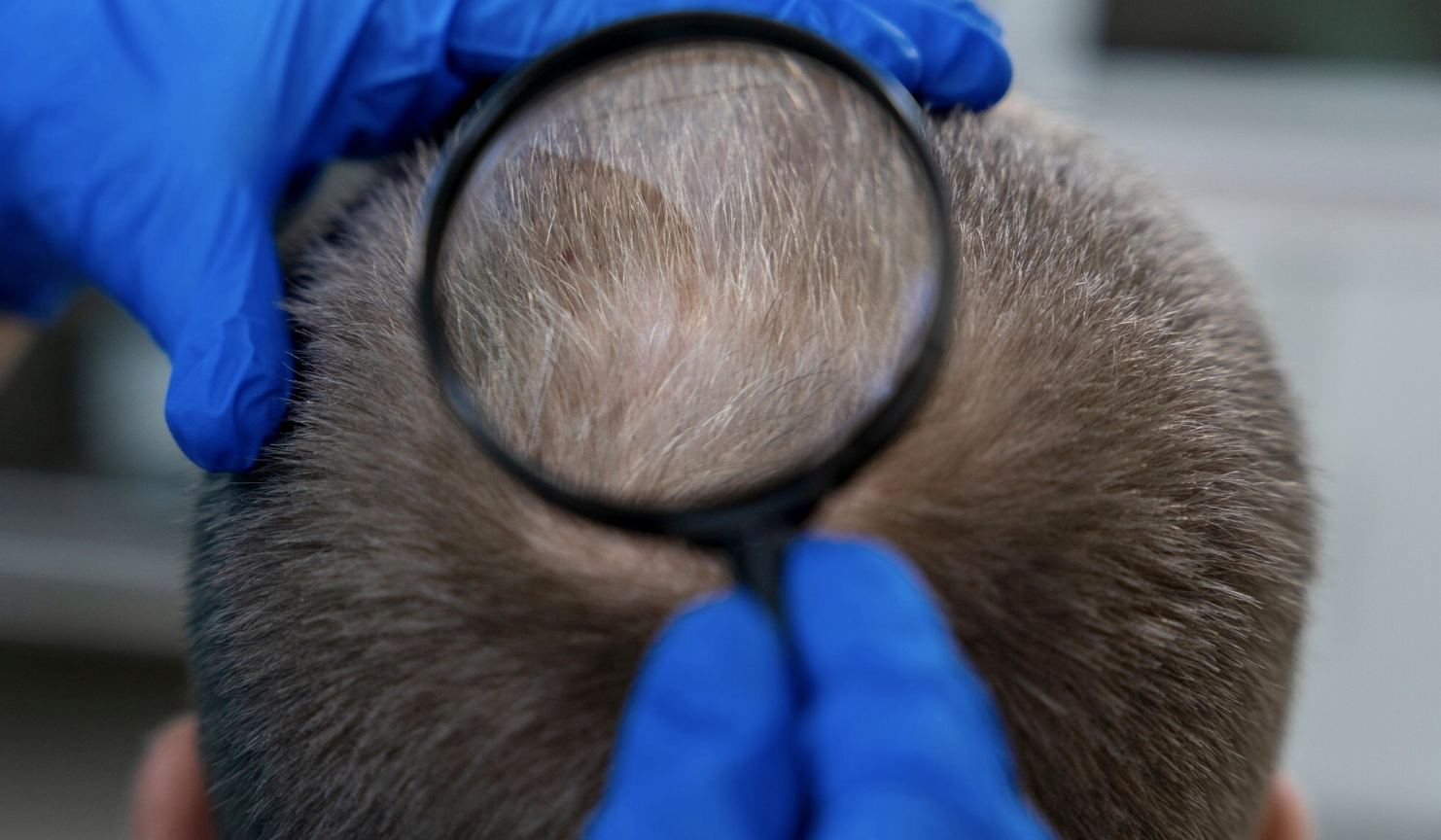
Hair Restoration After Burns: A Comprehensive Guide to Burn Hair Transplant
Burns can have a devastating impact on the body, both physically and emotionally. When burns affect the scalp, they often result in significant hair loss or scarring, which can be particularly distressing. A burn hair transplant is a specialized procedure designed to restore hair in areas where it has been lost due to burns. In this comprehensive guide, we will explore everything you need to know about burn hair transplants, including the procedure, benefits, candidacy, and recovery process.
Understanding Burn Hair Transplant
A burn hair transplant is a surgical procedure that aims to restore hair growth in areas of the scalp affected by burns. Burns can destroy hair follicles and leave the scalp with scar tissue, making it difficult for hair to grow naturally. In some cases, the damage may be so severe that the only way to restore hair in the affected area is through a transplant.
The procedure involves taking healthy hair follicles from a donor area—typically the back or sides of the scalp—and transplanting them into the burned area. This process requires a high level of expertise, as the surgeon must carefully place each follicle to ensure it grows in a natural direction and pattern.
The Burn Hair Transplant Procedure
The procedure for a burn hair transplant is similar to other types of hair transplants but with additional considerations due to the presence of scar tissue. Here’s a step-by-step overview:
1. Initial Consultation and Evaluation
The first step in the process is a consultation with a hair transplant specialist. During this consultation, the surgeon will assess the extent of the burn, the condition of the scalp, and the availability of donor hair. They will also discuss your goals and expectations for the procedure.
2. Donor Area Selection and Preparation
The donor area is typically located at the back or sides of the scalp, where hair is less likely to be affected by the factors that cause hair loss. The area is prepared for hair extraction, which can be done using one of two primary techniques:
- Follicular Unit Extraction (FUE): Individual hair follicles are extracted one by one using a micro-punch tool.
- Follicular Unit Transplantation (FUT): A strip of scalp is removed from the donor area, and the individual hair follicles are then dissected from the strip.
The choice of technique depends on various factors, including the size of the area to be treated, the quality of the donor hair, and the patient’s preferences.
3. Recipient Area Preparation
Once the donor follicles are harvested, the recipient area (the burned area) is prepared. The surgeon will create tiny incisions in the scalp where the hair follicles will be implanted. Due to the presence of scar tissue, this step can be more challenging than in typical hair transplant procedures.
4. Graft Placement
The harvested hair follicles are carefully implanted into the incisions in the recipient area. The surgeon must place each follicle at the correct angle and depth to ensure that the transplanted hair will grow naturally and blend seamlessly with the surrounding hair.
5. Post-Procedure Care
After the procedure, you will receive detailed instructions on how to care for the transplanted area. This may include advice on washing your hair, taking medications to prevent infection and reduce swelling, and avoiding certain activities that could disrupt the healing process.
Benefits of Burn Hair Transplant
A burn hair transplant offers several significant benefits for individuals who have lost hair due to burns:
- Restoration of Hair Growth: The primary benefit is the restoration of hair in areas where it was lost due to burns. This can help improve your appearance and boost your self-esteem.
- Natural-Looking Results: When performed by an experienced surgeon, a burn hair transplant can produce natural-looking results that are virtually indistinguishable from the surrounding hair.
- Permanent Solution: The transplanted hair is typically resistant to the factors that caused the initial hair loss, making the results long-lasting.
- Improved Confidence: For many people, restoring their hair after a burn can have a profound impact on their confidence and overall quality of life.
Challenges of Burn Hair Transplant
While burn hair transplants offer many benefits, there are also some challenges and considerations:
- Scar Tissue: The presence of scar tissue can make it more difficult for transplanted hair follicles to take root and grow. In some cases, additional treatments such as scar revision or tissue expansion may be necessary to achieve optimal results.
- Limited Donor Hair: The success of the procedure depends on the availability of healthy donor hair. If the donor area is also affected by burns or other forms of hair loss, this can limit the amount of hair available for transplantation.
- Complexity of the Procedure: A burn hair transplant is more complex than other types of hair transplants and requires a highly skilled surgeon with experience in treating burn victims.
- Gradual Results: As with other hair transplants, the results of a burn hair transplant are not immediate. It can take several months for the transplanted hair to begin growing, and up to a year or more to see the full results.
Who is a Good Candidate for a Burn Hair Transplant?
Not everyone is a candidate for a burn hair transplant. Ideal candidates typically meet the following criteria:
- Stabilized Burn Scars: The burn scars should be fully healed and stabilized before undergoing a hair transplant. This may take several months or even years, depending on the severity of the burn.
- Healthy Donor Hair: Candidates should have a sufficient supply of healthy donor hair in areas of the scalp that were not affected by the burn.
- Good Overall Health: As with any surgical procedure, candidates should be in good overall health and free from any conditions that could complicate the surgery or recovery process.
- Realistic Expectations: It’s important for candidates to have realistic expectations about the outcome of the procedure, understanding that the results may not be as dramatic as with a traditional hair transplant.
Recovery and Aftercare
The recovery process for a burn hair transplant is similar to other hair transplant procedures but may involve additional steps due to the presence of scar tissue:
- Immediate Post-Op Care: After the procedure, you may experience some redness, swelling, and mild discomfort in the treated area. Your surgeon will provide instructions on how to care for the transplanted area, including how to wash your hair and avoid activities that could disrupt the grafts.
- Shedding Phase: It’s normal for the transplanted hair to shed within the first few weeks after the procedure. This is a natural part of the process, and new hair will begin to grow in its place.
- Hair Growth: New hair growth typically begins within 3 to 4 months after the procedure. The hair will continue to thicken over the next 12 to 18 months, gradually revealing the final results.
- Follow-Up Appointments: Regular follow-up appointments with your surgeon are essential to monitor progress and ensure the best possible outcome.
FAQs About Burn Hair Transplants
1. How long does a burn hair transplant procedure take?
The procedure can take anywhere from 4 to 8 hours, depending on the extent of the burned area and the number of grafts needed.
2. Is the burn hair transplant procedure painful?
Local anesthesia is used during the procedure, so you should not feel pain. Some discomfort may occur after the procedure, which can be managed with prescribed pain relievers.
3. How much does a burn hair transplant cost?
The cost varies depending on the extent of the procedure, the surgeon’s expertise, and the clinic’s location. On average, the cost can range from $4,000 to $15,000.
4. Will the transplanted hair look natural?
Yes, when performed by a skilled surgeon, the transplanted hair should blend seamlessly with your natural hair, resulting in a natural appearance.
5. How soon can I return to work after a burn hair transplant?
Most patients can return to work within a week, although this may vary depending on the extent of the procedure and your job requirements.
6. Are the results of a burn hair transplant permanent?
Yes, the results are typically permanent, as the transplanted hair is resistant to the factors that caused the initial hair loss.
7. Can women undergo a burn hair transplant?
Yes, burn hair transplants are suitable for both men and women who have lost hair due to burns.
8. What are the risks of a burn hair transplant?
As with any surgery, there are risks, including infection, scarring, and poor hair growth. However, these risks are minimized when the procedure is performed by an experienced surgeon.
9. Can other areas of the body be used for donor hair?
In some cases, body hair (such as from the chest or beard) can be used as donor hair if there is insufficient scalp donor hair.
10. How do I prepare for a burn hair transplant?
Your surgeon will provide specific instructions, but generally, you should avoid smoking and certain medications in the weeks leading up to the procedure.
Conclusion
A burn hair transplant is a specialized and effective solution for restoring hair in areas affected by burns. While the procedure presents unique challenges, the results can be life-changing, offering a permanent restoration of hair and confidence. If you’re considering a burn hair transplant, it’s essential to consult with a highly experienced hair transplant surgeon who can guide you through the process and help you achieve the best possible outcome. With proper care and realistic expectations, a burn hair transplant can be a transformative experience that not only restores your hair but also your sense of self.




